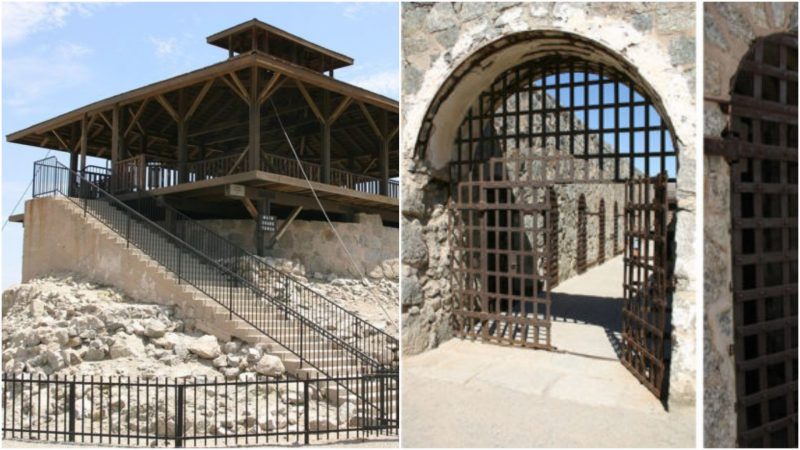Considered one of the hottest spots in Arizona, the desert community of Yuma was the perfect place for the building of the state’s first prison, back in the 1800s. At the time, jailbreaks from the local jails in the territory were very common, so the authorities decided to solve this problem by building the Yuma Territorial Prison on the banks of the Colorado River.
On July 1, 1876, the prison accepted its first inmates into the strap iron cells and solitary chambers, which they were forced to build themselves. The prison ran for 33 years, and during that time a total of 3,069 prisoners, of whom 29 were women, lived within its walls.
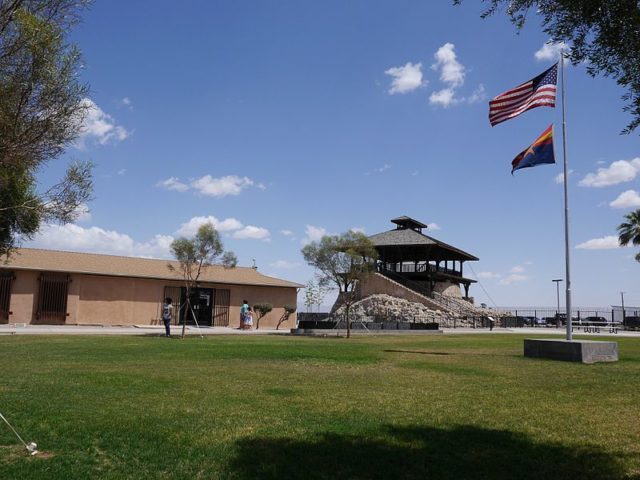
Although no prison is a pleasant facility, the townspeople of Yuma called this prison “The Country Club on the Colorado River” because, contrary to most of the households in Yuma, the prison was equipped with a large number of modern amenities such as electricity, forced ventilation, two bathtubs and three showers, a library with 2,000 books, a progressive administration and, believe it or not, a prison band.
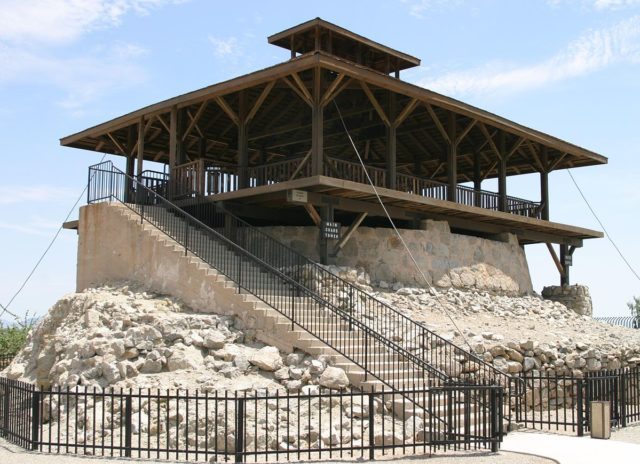
Prisoners learned how to read, write, play instruments, and even speak other languages such as German and Spanish.
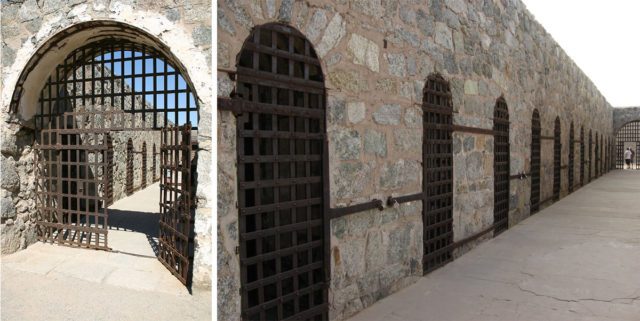
Nevertheless, the permanent convicts called it a “Hell Hole.” Each cell was too small to accommodate the allocated six prisoners and had no bathroom, just a bucket. Pests such as bedbugs and roaches were prisoners’ regular roommates.
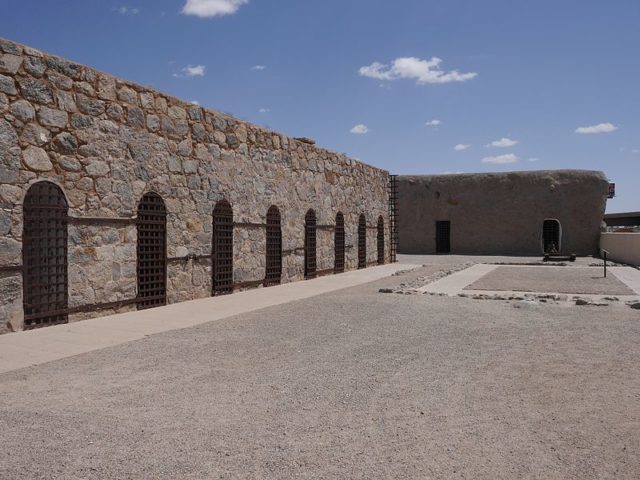
The prison was also known for its strict rules–fighting, gambling, failing to bathe, and making weapons were prohibited. The offenders of these rules were often punished by wearing a ball and a chain, or spending a long time in a dark cell that had a strap iron cage in its middle. This cell was lit only through a tiny window in the roof and there was no bed for sleeping, only a little water and some bread that were given once a day.
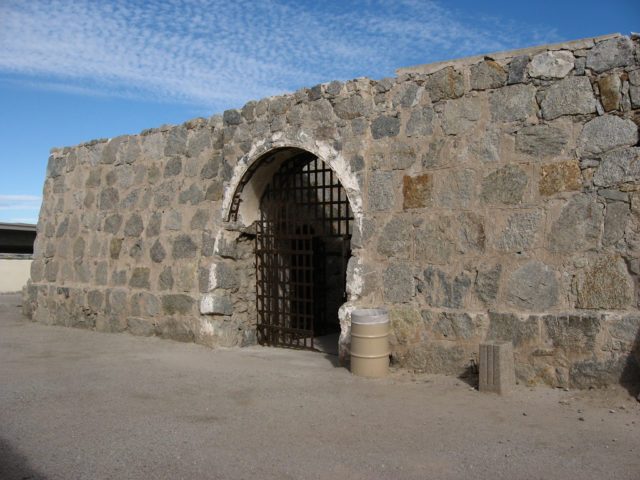
While no records mention a prisoner who died while incarcerated in the “dark cell,” the prison reports that at least two prisoners were transferred to a mental institution in Phoenix immediately after their stint in the cell.
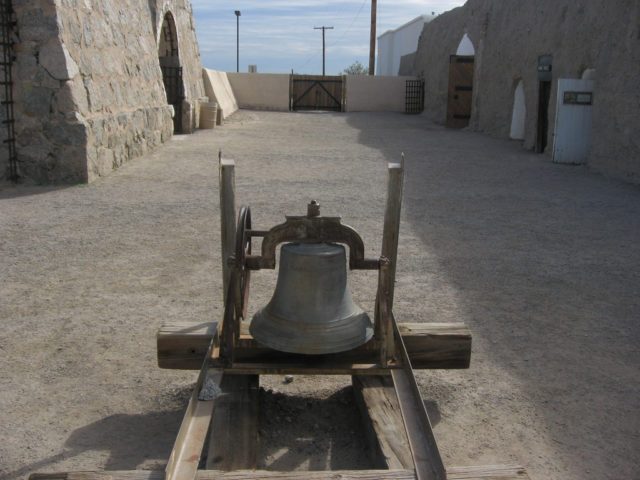
Overcrowding resulted in the prison’s closure, so convicts were employed to construct a new facility in Florence, Arizona. The last prisoner left Yuma on September 15, 1909. Yuma Union High School occupied the buildings from 1910 to 1914. After this, the campus lay abandoned until the 1920s. Hobos took advantage of the empty cells for shelter. During the Depression, it became a haven for the homeless and their families.
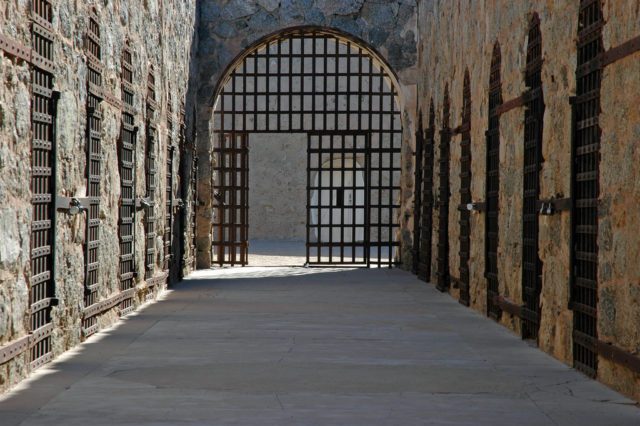
According to the Sioux City Journal, in 1924, the Southern Pacific Railroad demolished part of the prison site to provide space for a new railway. Six years later, the community of Yuma began a movement to protect the remaining structures from further demolition. In the late 1950s, the Yuma Territorial Prison was turned into Arizona State Historic Park. Today, Yuma is a charming place with a vibrant downtown and a distinguishable historic district.
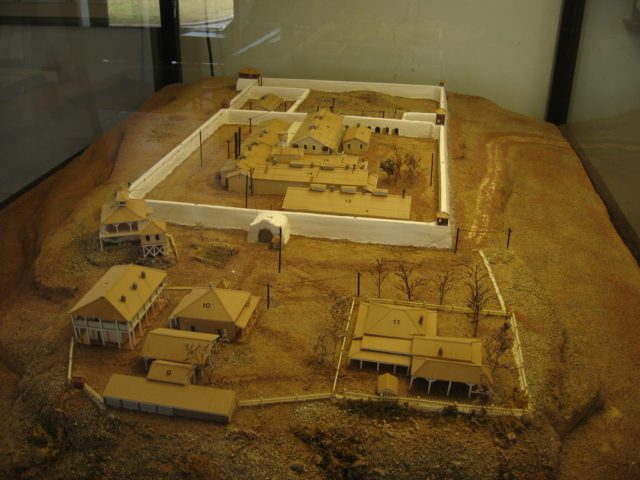
The Yuma prison building is a museum that offers various attractions including sight-seeing of the many cells and photo exhibitions of its former residents and their prison life routines and hardships. Visitors can have their photo taken in an original setup of the prison, wearing an authentic-looking striped shirt, like the one of the ancient inmates of the Yuma prison.
Moreover, the site provides a stunning view of the Colorado River, the Yuma Crossing, the Union Pacific railroad bridge, and the Ocean-to-Ocean Highway bridge which was opened in 1915.
